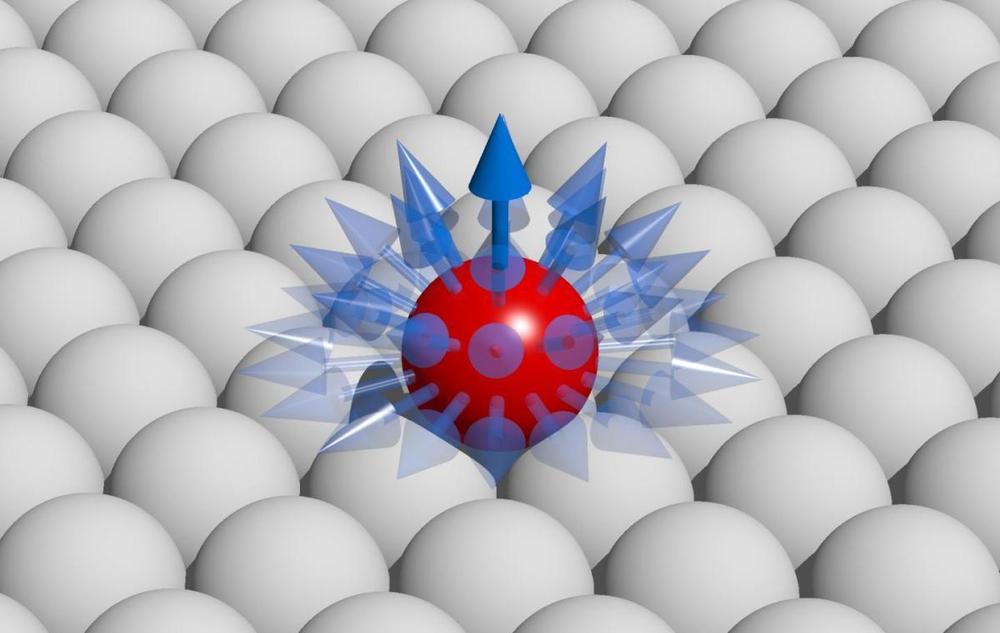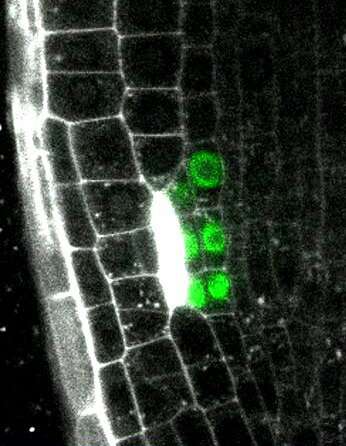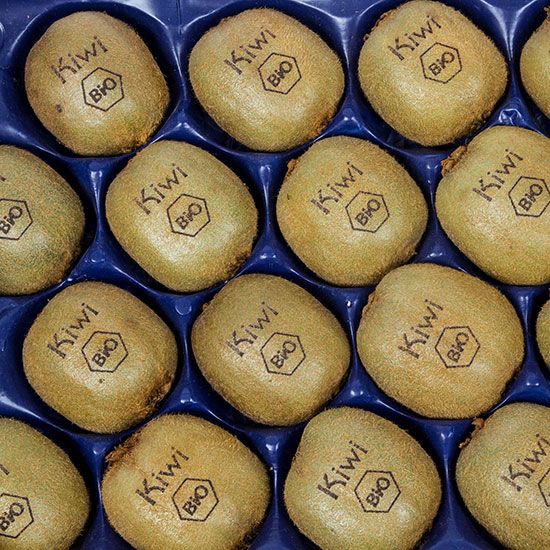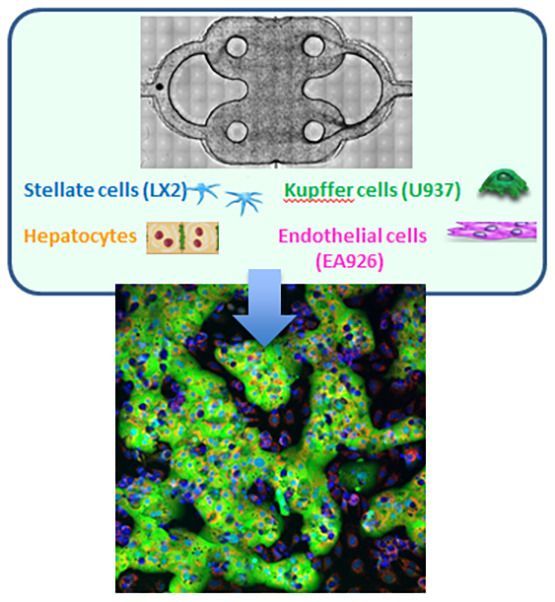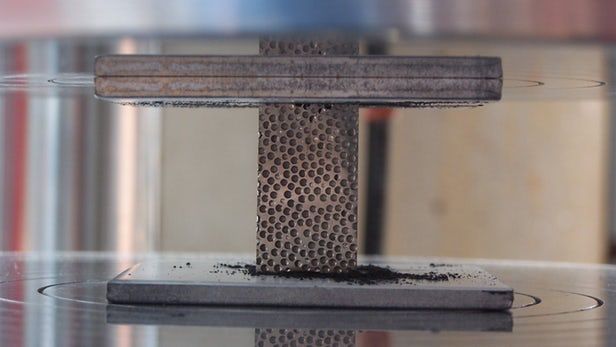May 22, 2019
Tiny droplets of early universe matter created
Posted by Quinn Sena in categories: cosmology, particle physics
An international team of scientists has created tiny droplets of the ultra-hot matter that once filled the early universe, forming three distinct shapes and sizes: circles, ellipses and triangles.
The study, published December 10, 2018 in the peer-reviewed journal Nature Physics, focuses on a liquid-like state of matter called a quark gluon plasma. Physicists believe that this matter filled the entire universe during the first few microseconds after the Big Bang when the universe was still too hot for particles to come together to make atoms.
The researchers used a massive collider at Brookhaven National Laboratory in Upton, New York, to recreate that plasma. In a series of tests, the researchers smashed packets of protons and neutrons in different combinations into much bigger atomic nuclei. They discovered that by carefully controlling conditions, they could generate droplets of quark gluon plasma that expanded to form three different geometric patterns.
Continue reading “Tiny droplets of early universe matter created” »


